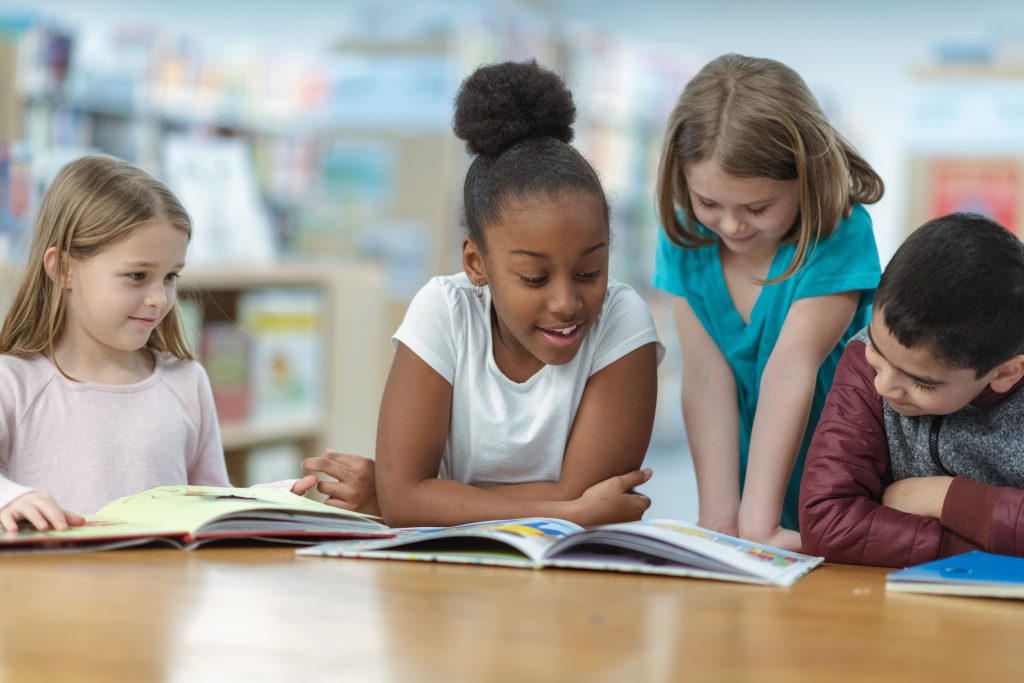Where have all the students gone? Public school enrollment is down across the country.
According to NPR,
“New York City’s school enrollment dropped by about 38,000 students last school year and another 13,000 this year.
In Los Angeles, the student population declined by 17,000 students last school year, and nearly 9,000 this year.
In the Chicago public schools, enrollment dropped by 14,000 last year, and another 10,000 this year.”
These trends in America’s largest districts are representative of schools across the nation. The pandemic sent many families searching for different options for their children. They found refuge in charter, parochial, private, and micro-schools. “Charter schools experienced more growth in 2020-21 — the first full year of the pandemic— than they’ve seen in the past six years.” This is according to The 74, a non-profit, non-partisan news site covering education in America. According to Forbes Magazine, while parochial and private schools saw little growth during the first full year of the pandemic, they have seen an increase during the second as parents desired in-person learning certainty and were willing to pay for it. Lastly, micro-schools, tiny schools of around ten to 150 students, much like the one-room schoolhouses of the past are cropping up all over the United States; however, their grassroots initiatives are more difficult to calculate.
These alternatives to public schools have Covid-19 to thank for their increased enrollments, but what will keep the students enrolled is the curriculum.
What all of these alternatives to public education have in common is a rich curriculum that both reflects the culture and identity of the students themselves and offers insight into the cultures and identities of others. This means that the curriculum is adaptive to each child’s needs and keeps up with the changing world. Simultaneously, the purposefully designed scope and sequence ensures consistency from teacher to teacher and continuity from grade to grade, while the design is also aligned to standards with measurable outcomes.
Many of the units are taught around a core textbook or novel to meet standards but require supplemental materials to connect the traditional curriculum to the diverse needs of each individual student. Therefore, explicitly chosen quality content like local newspapers with actual statistics and modern poetry with contemporary voices embellish a traditional canon by connecting students to the core requirements.
To enhance curriculum, EdTech and curriculum development companies for these new and improved microcosms of public education are using RightFind Curriculum. This solution helps provide greater access to high-quality, authentic content by allowing users to easily search for, discover, and incorporate high-quality, copyrighted content. RightFind Curriculum includes an advanced search and discovery tool, a curated collection of high-quality, standards-aligned content, consultative support with a CCC content expert, and print and digital rights to use 1M+ copyrighted English and Spanish language works from 90+ leading publishers, including books, magazines, newspapers, and websites. This solution helps provide greater access to high-quality, authentic content across districts and for EdTech developers.
Small schools have big ideas. Not only do they plan on creating and implementing their curriculum for themselves, but they plan on packaging their curriculum to sell to others.
Perhaps these quality products will find themselves in the public sector, improving our education system so much so that we will no longer wonder where all the students have gone because they will not have left.





